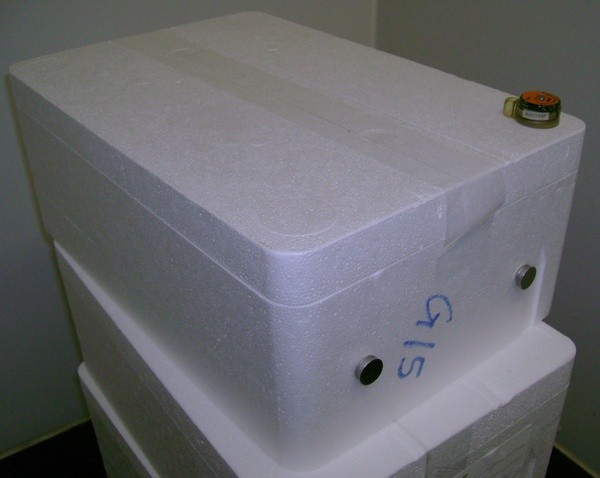The export routes of fresh fish products have largely depended on their shelf life. A large part of the products have been exported by air to minimize transport time from producer to consumer, but due to economic and environmental considerations, manufacturers have increasingly focused on shipping in recent years.
It is therefore important to look for ways to extend the shelf life of fresh products, for example by improving packaging and improving temperature control throughout the process from fishing to consumers. But it is more than the direct cost of transportation and the growing environmental awareness in the world that plays into the competition of shipping and air transport. The results of the AVS projects Simulation of cooling processes and Integration of cooling research have indicated a clear difference in the stability of temperature control in shipping and air transport, in favor of the aforementioned mode of transport. The study is also part of the EU project Chill-on (FP6-016333-2).

In the current experiment, a precise comparison is made between the temperature fluctuations that products experience during transport from Dalvík to Bremerhaven, with flights on the one hand and ships on the other. The temperature and humidity through the transport chain are mapped with 24 - 29 sirens outside and inside the boxes of each shipment, thus obtaining a comprehensive picture of the heat load that the packaging must be able to protect against this valuable product. At the same time, changes in quality are assessed. The transport costs and shelf life of products will be assessed and the results used to obtain indications of the advantages and disadvantages of each mode of transport.
